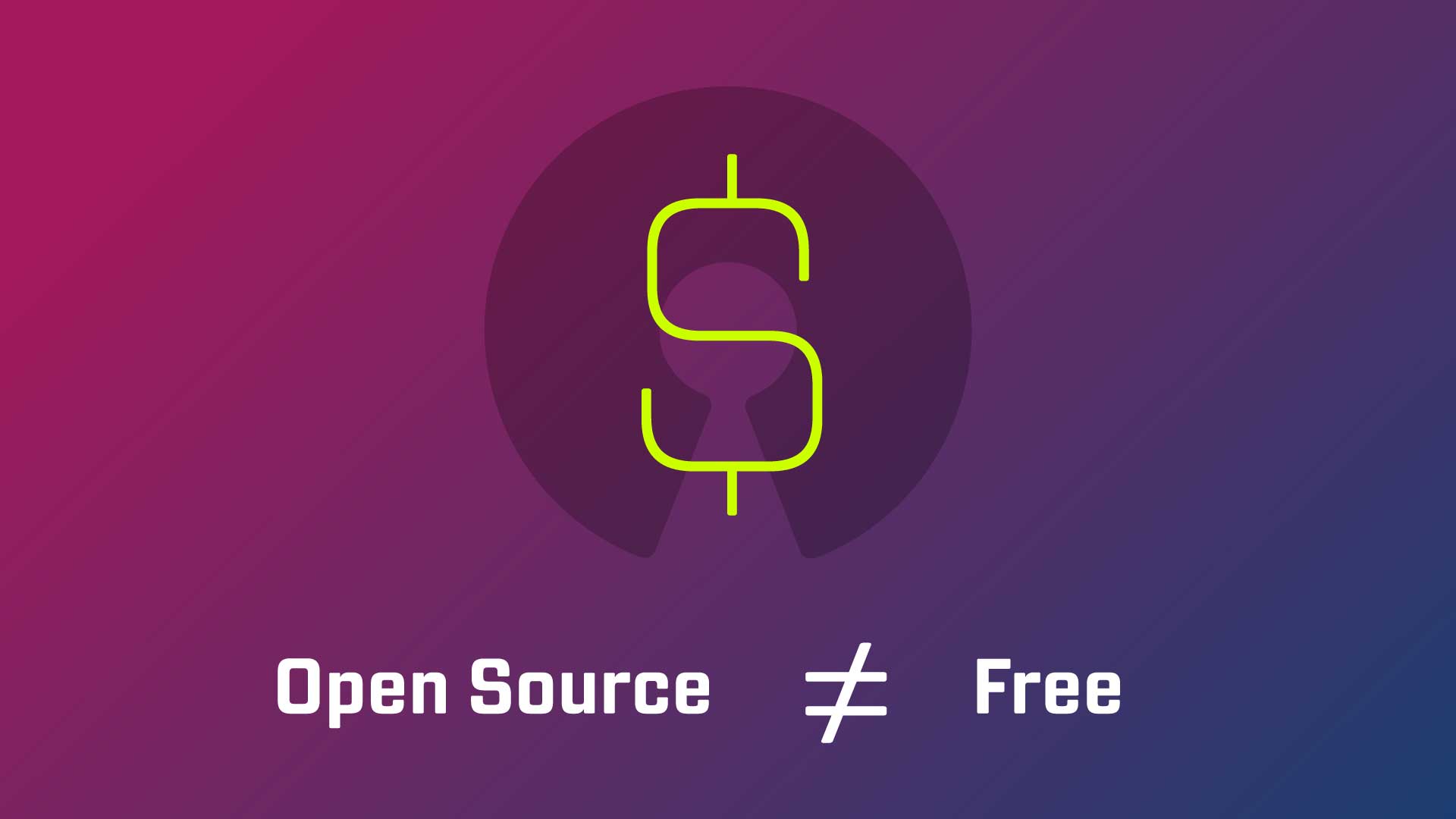Introdusction
There have been many articles written stating that “open-source software is not free software”. There is not an exhaustive list of costs associated with this topic, but throughout many of the articles I wanted to bring to light the common themes you will hear relating to “unseen” or “unforeseen” costs: Implementation, Support, Training/Skillset, legal/licensing (yes, it comes into play), and Security and Compliance. There is a term used in the industry that speaks to this topic: “Total Cost of Ownership”
While open-source software (OSS) eliminates initial licensing fees, organizations should be aware of the “total cost of ownership” costs associated with OSS adoption and maintenance. Quantifying these expenses can be challenging due to varying organizational needs and project scopes. As this is not an exhaustive list, it does prime the pump on what additional costs your organization will run into when making the decision to use OSS.
1. Implementation and Customization Costs
Tailoring OSS to specific requirements often necessitates skilled developers, leading to increased labor costs. For instance, the city of Rome began installing LibreOffice on its 14,000 PC workstations as part of a broader strategy to reduce dependence on proprietary software. Such large-scale migrations require significant planning and customization efforts. (en.wikipedia.org)
2. Support and Maintenance Expenses
OSS may lack dedicated vendor support, prompting organizations to seek third-party services or develop internal expertise. The Italian Ministry of Defense’s plan to install LibreOffice on 150,000 PCs exemplifies a substantial deployment that would necessitate ongoing support and maintenance to ensure system stability and address user issues. (en.wikipedia.org )
3. Training and Talent Acquisition
Adopting OSS can require specialized knowledge, leading to investments in training skilled personnel or hiring contractors with the needed skills. The city of Nantes, France, transitioned 5,000 workstations to LibreOffice, resulting in savings of €1.7 million. However, such migrations often involve training staff to effectively use and support the new software. (en.wikipedia.org)
4. Legal and Licensing Considerations
While OSS is generally free to use, organizations must ensure compliance with licensing terms, especially when modifying or distributing the software. This may involve legal consultations to navigate complex licensing agreements, adding to the overall cost. (ipeg.com)
5. Security and Compliance Costs
Maintaining security in OSS environments requires regular monitoring and patching. Organizations must stay vigilant to address vulnerabilities promptly, which can incur additional costs, particularly if dedicated security personnel are needed. (idc.com)
Conclusion
While OSS offers flexibility and potential cost savings, it’s crucial for organizations to conduct thorough cost-benefit analyses. Considering both the visible and hidden costs associated with OSS adoption ensures informed decision-making aligned with strategic objectives.
Current articles
https://opensource.com/business/16/11/open-source-not-free-software
https://coralogix.com/blog/does-open-source-equal-free/

